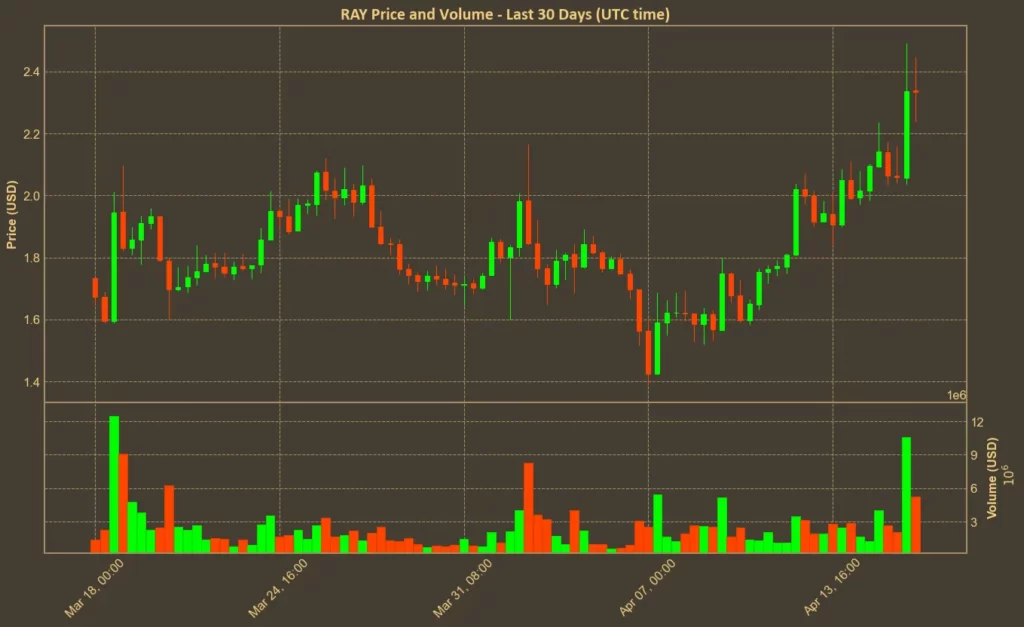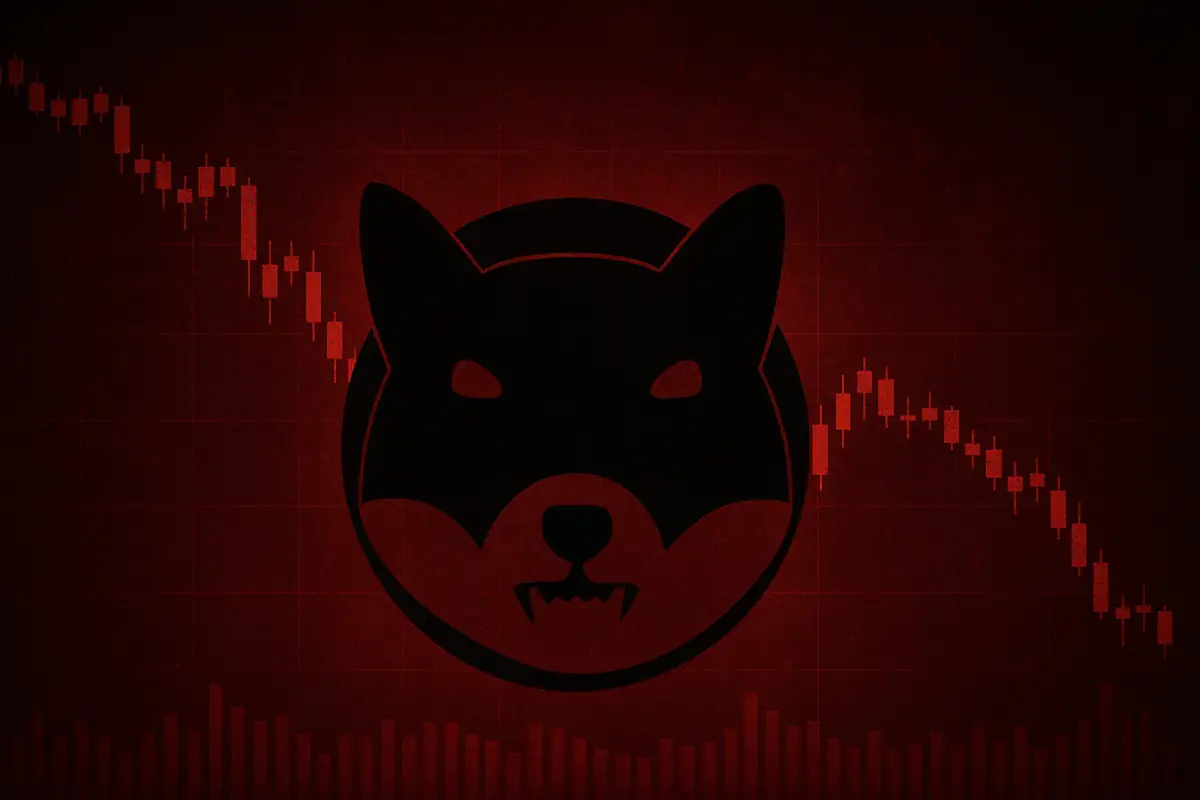Raydium has just launched LaunchLab, its new token creation tool built directly into the Solana ecosystem. The site is now live, fully functional, and already drawing attention. It’s the biggest update to Raydium this year, and it’s coming at a time when pressure has been mounting.
Table of Contents
Why Now?
The launch of LaunchLab doesn’t feel like a coincidence. Just weeks ago, Pump.fun – the leading memecoin launch tool on Solana – debuted its own decentralized exchange called PumpSwap. That single move changed the balance between the two platforms. Before that, Pump.fun tokens would automatically migrate to Raydium after crossing a market cap threshold. With PumpSwap now live, Raydium might no longer benefits from those migrations.
In many ways, the LaunchLab release looks like a response to that. With Pump.fun actively building out its own liquidity layer, Raydium needed to offer something new – a reason for tokens to keep using its infrastructure. LaunchLab is that answer.
Read also: Raydium Crashes 30% as Pump.fun Prepares Its Own AMM
What LaunchLab Actually Does
LaunchLab is a permissionless platform that lets anyone launch a token on Solana without needing to write code. There are two modes. The first, “JustSendIt”, is a fast-track option with preset values. All tokens launched this way have fixed supply and follow a standard bonding curve.
The other mode – simply called LaunchLab – is more flexible. Creators can adjust total supply, curve parameters, vesting schedules, and post-launch liquidity settings.
Once a token fills its bonding curve (usually capped at 85 SOL), its liquidity migrates automatically into a Raydium pool. If creators turn on fee sharing, they’ll receive 10% of all LP fees after migration, tracked via an NFT known as the Fee Key. That fee-sharing option connects directly to Raydium’s “Burn & Earn” infrastructure.
It’s worth mentioning that this setup isn’t entirely new in the Solana space – Pump.fun pioneered much of it. But LaunchLab includes more customizable options. Whether that ends up being a strength or an extra layer of complexity depends on the kind of user it attracts.
Neutral Ground or New Battlefield?
The LaunchLab rollout doesn’t try to hide its similarities to Pump.fun. The bonding curve, the migration into AMM pools, the simplified interface – these are mechanics users already understand. But the differences matter too. LaunchLab gives creators more control.
For example, instead of a fixed 85 SOL curve, they can choose a lower or higher threshold. They can sell just 20% of tokens on the curve and vest the rest, or vice versa. These aren’t groundbreaking features, but they give LaunchLab some added flexibility.
Still, it’s unclear how many users actually want that level of customization. For many, the appeal of tools like Pump.fun was the lack of options. You typed in a name, picked an image, and launched. LaunchLab may attract a different crowd – or it may end up competing for the same users after all.
Markets React
RAY, the native token of Raydium, surged more than 10% today following the successful launch. Over the past week, it’s up around 30%. That’s not just market speculation – it’s a direct reaction to usage. Early trading volume on LaunchLab has been strong, with several new tokens already graduating to Raydium pools. Even if it’s early, the platform appears to be functioning as expected.

While the launch has been smooth, its long-term success is still uncertain. The idea behind LaunchLab seems well thought-out – for users who want simplicity, it offers a near-identical experience to Pump.fun. For more advanced users, it adds customization options that other tools don’t.
What matters now is momentum. If LaunchLab wants to compete seriously, it will need to pull users from Pump.fun – or find an entirely new crowd of its own.
Read also: According To Binance Report, 97% Of Memecoins Have Died




![[QUIZ] How Well Do You Know Memecoin Animal Mascots? Picture showing animals from memecoins](https://auriccrypto.com/wp-content/uploads/2025/05/Memecoin_Animals_Quiz_s.webp)